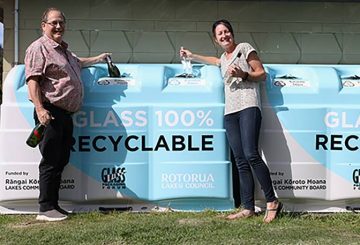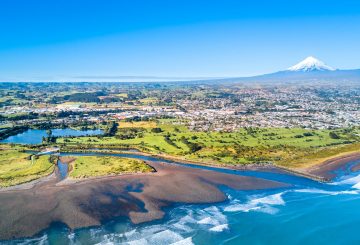오클랜드의 상징인 웨스턴 스프링스 (Western Springs) 경기장은 폭풍우로 인해 수리에 수백만 달러가 소요될 것으로 예상되며, 야외 콘서트장은 적어도 내년 초까지 문을 닫을 예정이며 심각한 복구 작업이 진행 중입니다.
스피드웨이의 본거지인 폰손비 럭비 클럽 (Ponsonby Rugby Club) 과 많은 이끼 낀 구덩이를 자세히 살펴본 결과 오클랜드 기념일 주말 폭풍 이후 경기장에 심각하고 복잡한 피해가 발생했습니다.
타타키 오클랜드 언리미티드 스타디움 디렉터 제임스 파킨슨 (James Parkinson) 은 체크포인트에 다양한 문제가 있는데, 하나는 현장의 전력 공급과 관련된 문제라고 말했다.
이와 별도로 올드 밀 로드 (Old Mill Road) 옆의 상단의 콘크리트 블록 벽에 “심각한 손상”이 발생했다고 그는 말했다.
“벽이 움직이면 무너질 위험이 있기 때문에 경기장과 공연장에 있는 모든 사람에게 심각한 위험이 따릅니다.”
비용이 수백만 달러가 될 것인지 물었을 때 파킨슨은 “확실히 수백만 달러”라고 대답했습니다.
폰손비 럭비 클럽은 이번 시즌 경기장 밖인 콕스 베이 리저브에서 주로 운영되었으며 스피드웨이에 대한 논의가 계속되었다고 그는 말했다.
“이번 여름 스피드웨이에 실질적인 영향”이 있을 것입니다.
그는 2024년 초에는 스타디움 콘서트 예약이 이루어지지 않을 것이라고 말했다.
경기장 꼭대기에는 벽 옆에서 일어나는 그라운드 움직임과 관련하여 의회가 붙인 노란색 스티커가 붙은 건물이 많았다고 그는 말했다.
크레딧: radionz.co.nz




























































